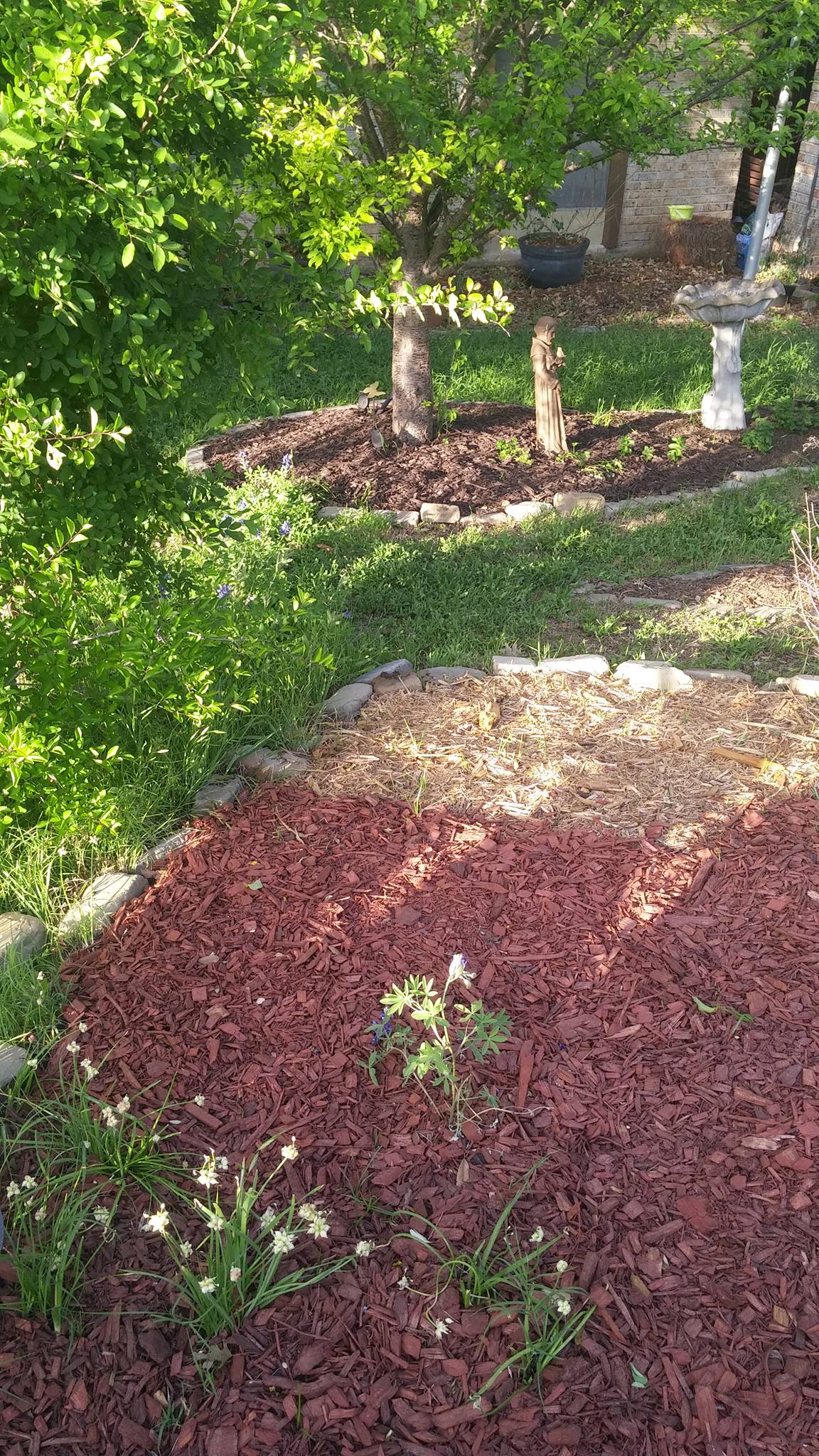 About two hours of pulling weeds at a time is all I can stand.
About two hours of pulling weeds at a time is all I can stand.
Then I need to rest.
Our rent house has several big, beautiful raised garden beds in the front and back of the house. The landscaping is one of the things I loved at first sight, and one of the reasons I wanted to live here.
But it’s a lot of work.
And as Easter approaches, I find myself thinking of all those garden metaphors in the Bible.
I was raised Christian, but now consider myself an agnostic Buddhist if anything.
Growing up, I always loved the stories, though. I’m a sucker for a good story.
Plus, Jesus was really on to something there.
Pulling weeds is work. Small weeds can be pulled up by sheer force of will with my bare hands. Larger weeds have a tendency to break off where the weed meets the soil, meaning the roots are still in the dirt waiting to grow again. For larger weeds, a tool is required. And it helps if there’s been some rain to break up the soil.
Even with a tool, however, some weeds are rooted so deeply that I can’t get all the roots out. Part of weeding is just doing as much as you can to get the easy weeds, so that every time you go back, there are fewer and fewer. Then you have the time to spend on the really deep ones.
That’s the other thing about weeding. It never ends. Once spring has come, there’s no taking a break from the work. Half of the time I spent weeding this morning was pulling up weeds that have sprouted again in the beds I weeded and mulched two weeks ago. There’s no such thing as being finished with one part of the yard. Only finished for now.
Which also reminds me of the work I am doing in psychodrama. One of the things the director always says at the end of a piece is, “Is this a place where we can stop for today?” The question itself shows an awareness that the work isn’t done. That there are more roots to pull out, always. But you have to know when to stop for today.
The other thing about weeds is that sometimes they grow up right beside the plants you want, making it difficult to remove the weed without destroying the plant itself. If I wasn’t a gardener, I might be tempted to let the beds go. To just weed-whack the tops off the weeds instead of pulling them out.
But I want things to grow. Weeds will grow anywhere, but cultivated plants need special care and attention. Weeds and bugs will always slip back in to try to choke them out. If I’m doing the work, I can stay on top of it. But if I stop and let the weeds take over, it’s likely the plants I want won’t survive.
Yet, as I said, I can only really work in the yard a few hours at a time before I need to rest. If I try to do too much at once, I will be exhausted and have to take a break from yard work, meaning I’m not actually getting ahead. If I look at the entire yard and how much work there still is yet to do, it’s overwhelming. I will feel frustrated and want to give up.
I have to take it one bed at a time. I have to decide which part of the yard I am focusing on today, which section needs my attention most, and put my energy there. It doesn’t mean I am pretending the other weeds don’t exist. But I can’t do it all in one day, or even one weekend.
Working in the yard is a metaphor for the work I am doing towards my own personal integration. I need to pace myself and focus on one issue at a time, but I also need to be doing the work consistently for it to make a real impact. Some of those roots are in deep. It will take me several passes to get all the roots out. And there may be some roots I can’t ever get completely out. Some places that I just have to watch and be aware of so that the weeds there don’t get out of hand.
Getting some of the more persistent weeds eradicated might involve emptying one of the beds so that the soil can be completely churned over.
This yard hadn’t been maintained for a while before we moved in. We’re all doing our best. But it’s going to take time. It’s looking better every day. All we can do is keep doing the work, one step at a time.